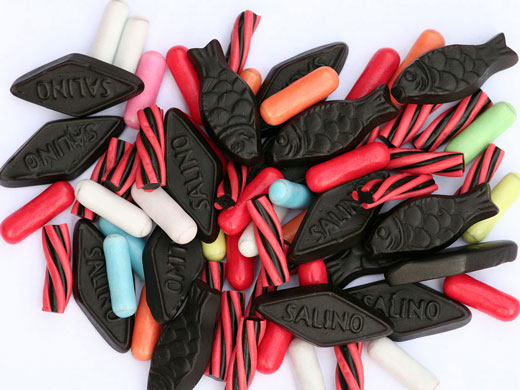On average the Dutch eat 2 kilos of drop per person per year. Drop has a typical sal ammoniac (salmiak) flavor, due to which this kind of candy is often not appreciated by people who are not used to eating drop. Still, there is good news: eating drop is an habit you can acquire. If you intend to stay in the Netherlands for some time, this may be a good idea. The Dutch will appreciate it if you like ‘their’ dropjes. Where to begin, though? Drop has two basic flavors: sweet and salt. While the difference between these two words in the Dutch spelling is only one letter: ‘zoet’ and ‘zout’, the difference in flavor is considerably larger. It is advisable to begin with sweet drop, because its flavor is relatively less similar to ‘the typical salmiak flavor’. In addition, there are two types of drop: hard and soft. The four basic types of drop are: hard sweet drop, soft sweet drop, hard salty drop and soft salty drop. Manufacturers have subsequently developed endless varieties of those basic types, so that we now have a genuine cornucopia of different ‘dropjes’. (HB)

|



